Surrealism - сюрреализъм.
Surrealist artists gallery.http://gekosarts.com/Gallery.html?pwi_album_selected=EarlyWorksArtNovel&pwi_albumpage=1
Surrealism, neo-surrealism, visionary art, magic realism, fantastic art, psychedelic art, experimental art, contemporary art, abstract art, fine art...
 |
| Chess Game By Georgi Kostadinov Gekos |
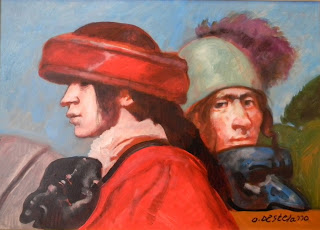
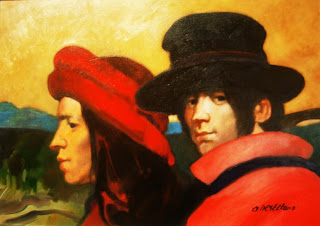
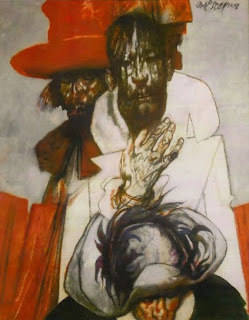
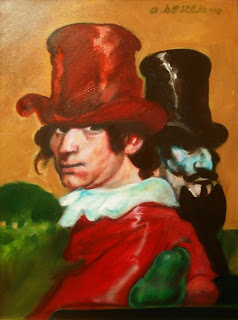
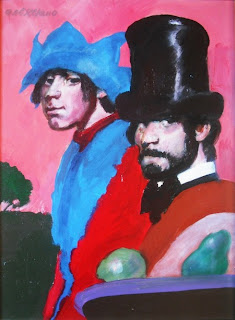
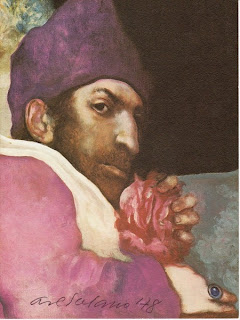
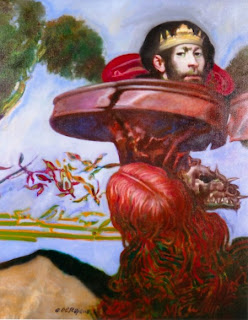
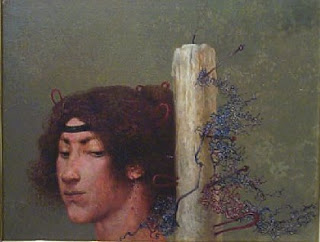
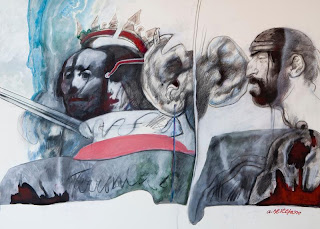
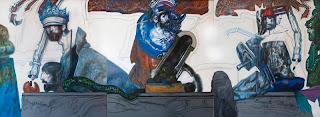
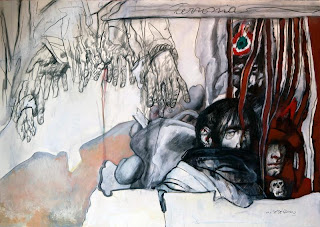
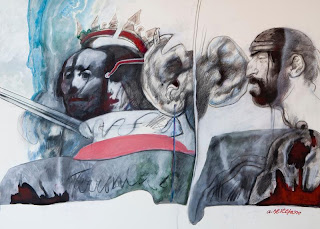
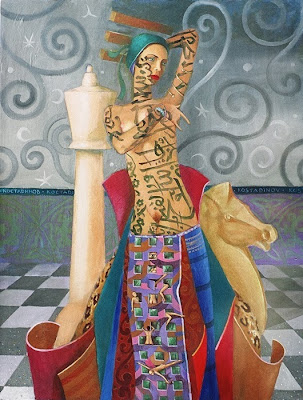

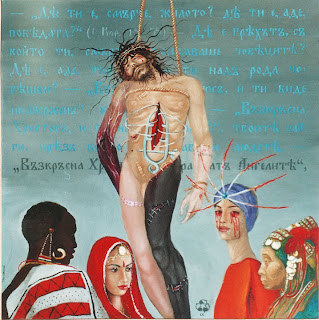


















Fredric Jameson
• “Magical realism--is not a realism to be transfigured by the supplement of a magical perspective, but a reality which is already in and of itself magical or fantastic.” |
Kathleen Toelke
|
Fredric Jameson
• “Magical realism--is not a realism to be transfigured by the supplement of a magical perspective, but a reality which is already in and of itself magical or fantastic.” |
Kathleen Toelke
|
Michael Parkes is a master of contemporary magical realism in art. Parkes is a painter, lithographer and sculptor of international repute. In literature, magical realism is associated with the works of Nobel-winning writer Gabriel Garcia Marquez, whose novels One Hundred Years of Solitude (1967) andLove in the Time of Cholera (1985) play with myth and fantasy in their representations of reality. The critic Matthew Strecher defines magical realism as “what happens when a highly detailed, realistic setting is invaded by something too strange to believe.” In Marquez’s fiction, the depiction of everyday human lives takes on allegorical, and even mythic, proportions. Trespassing the boundaries between reality and imagination, magical realism taps into myth and fantasy to offer a deeper version of reality. So does the art of Michael Parkes.